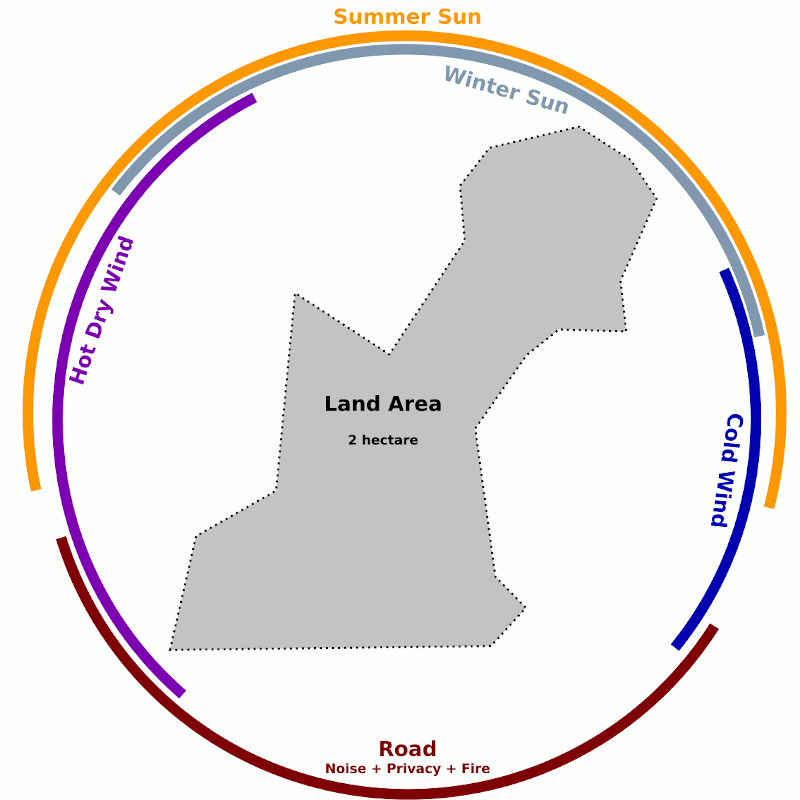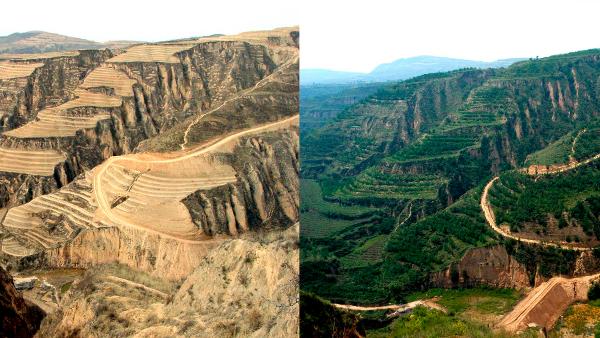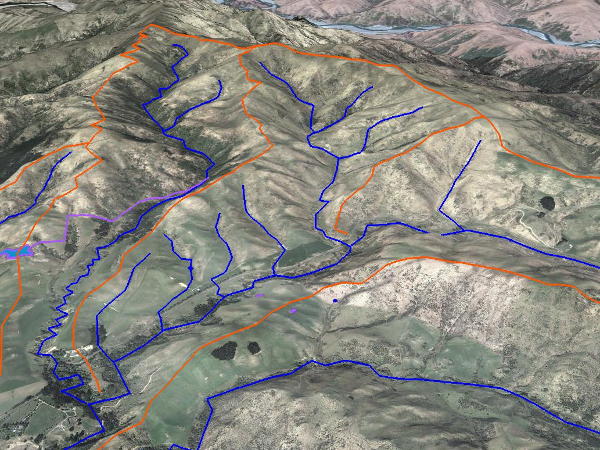Sector analysis for optimal land use
One of the fundamental aspects to designing a sensible landscape for habitation and production is the consideration of the various external energies, forces and factors that can impact the site. These commonly include sunlight, wind, visibility, water flow, wildfire and wildlife.
Mapping the 'sectors' where these threats or energies originate you can help determine the placement of elements (plantings, buildings, earthworks) that benefit from or lessen the impact of these forces.
Most of these sectors are easy to identify with on the ground observation or inspection of detailed maps while seasonal sun angles are available for a known latitude.
Local conditions such as hills, valleys and large trees modify wind directions and intensity, cast shade and impact fire rick and behavior. These site specific characteristics may be evident to a well trained eye or can be learnt over an extended period of time spent on site or in discussion with previous occupants or neighbors.
Exclusion / Restrict flow
Generally it is desirable to exclude strong winds by planting fast growing shelter trees suitable for the site and of appropriate heights. This may be combines with fire 'proofing' by selecting naturally lass flammable species.
Roads and other thoroughfares are a source of noise, possible pollution and fire risk and the curious eyes of passers. For privacy and security reasons it may be advisable this with planting or construction.
Inclusion / Aid flow
Sunlight (solar energy) is essential for growth and can assist in many other processes or activities such as drying fruit or washing, heating water etc.
Allowing water to enter the site is usually valuable but too much can cause issues so having suitable drainage is essential.
Cold air naturally flows down slope but can 'pool' or get trapped behind dense plantings. If frosts are a problem, considering cold air flow may help improve growing conditions.



